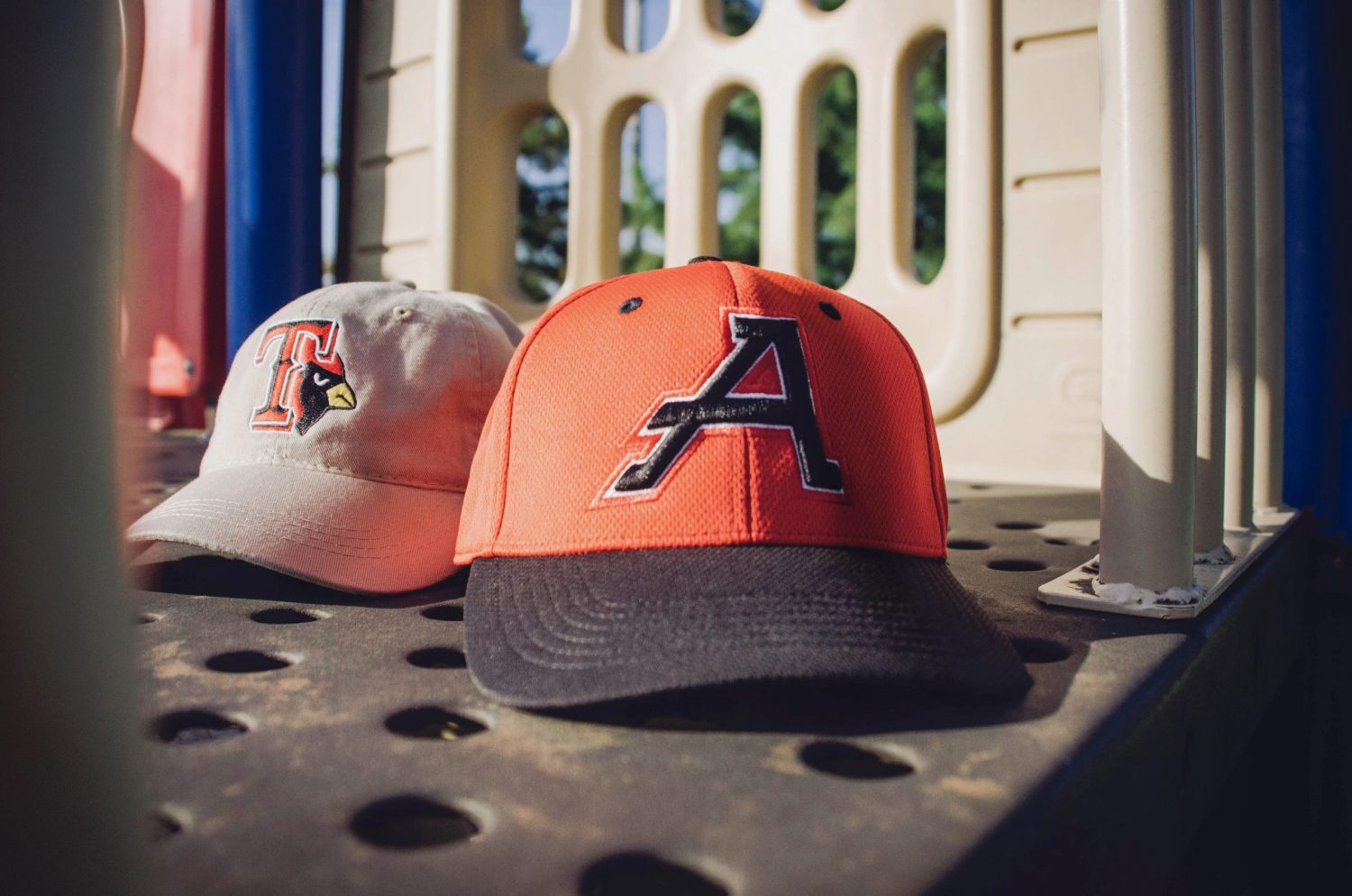Introduction
In the tapestry of educational institutions worldwide, school uniforms hold a unique position, serving not only as a visual representation of institutional pride but also playing a pivotal role in fostering a sense of unity and equality among students. Among these uniforms, the often-overlooked component—school uniform hats—carries a deeper significance that transcends mere functionality. They are silent communicators of tradition, hierarchy, and personal identity within the classroom culture.

Symbol of Unity and Belonging:
School uniform hats act as a tangible symbol that unites students under a common banner. In an environment where differences in socio-economic backgrounds, cultures, and personal styles can sometimes create divides, a shared uniform hat levels the playing field, fostering a sense of inclusivity and teamwork. It serves as a reminder that each student is an integral part of a larger community, working together towards academic and personal growth.
Cultural and Historical Significance:
Many schools, especially those with a long-standing history, incorporate hats that bear the institution’s crest or emblem, connecting current students to generations past. These hats become a living legacy, embodying the traditions and values that the school upholds. For instance, a school founded during colonial times may have students donning hats reminiscent of that era, instilling a sense of historical pride and continuity.
Hierarchical Indicators:
In some educational systems, different hats or badges on hats denote positions of responsibility or achievement. Prefects, captains, or members of student councils might sport distinct hat badges or colors, signifying their roles and accomplishments. This system visually acknowledges the contributions of these students, encouraging others to aspire towards leadership and excellence.
Personal Identity and Self-Expression:
Despite being part of a uniform, hats can still offer subtle avenues for personal expression. Students might customize their hats with pins, badges, or by styling them in unique ways, allowing for a touch of individuality amidst conformity. This small allowance for creativity fosters a sense of ownership and personal connection with the uniform, making it more than just a garment to wear but an extension of oneself.
Practical Functionality:
Beyond symbolism, school uniform hats serve practical purposes, protecting students from the elements. In regions with harsh sunlight, hats provide necessary shade, reducing the risk of heatstroke and sunburn. Conversely, in colder climates, woolen or fleece-lined hats keep heads warm during outdoor activities, ensuring comfort and well-being.
Social Dynamics and Integration:
The shared experience of wearing a uniform hat can facilitate interactions between students who might otherwise not interact. It acts as a conversation starter, enabling friendships across different social groups. Additionally, for new students, the uniform hat becomes a point of familiarity, easing the transition into a new environment.
Promoting Discipline and Responsibility:
The inclusion of uniform hats in dress codes also instills a sense of discipline and responsibility in students from an early age. Adhering to a dress code, including the correct wearing of hats, teaches students to respect rules and understand the importance of presentation. It encourages self-discipline as they learn to take care of their uniforms and present themselves smartly, skills that translate into other areas of life such as time management, organization, and professionalism.
Equality and Social Equality:
Uniform hats contribute to creating a level playing field among students by minimizing visible indicators of social status or economic differences. In an environment where everyone dresses alike, students are judged more on their character, abilities, and contributions rather than their clothing brands or fashion choices. This fosters a sense of fairness and promotes a learning environment where all students feel valued and capable of achieving success regardless of their background.
Cognitive and Academic Impact:
Surprisingly, there’s a cognitive aspect to consider as well. Researchers have suggested that uniforms, including hats, can positively influence students’ attitudes towards learning and behavior in school. A study published in Psychology Today suggests that uniforms can increase student focus on academics by reducing distractions related to fashion competition and peer pressure. When students are dressed uniformly, they tend to concentrate more on their studies and less on external appearances, potentially leading to improved academic performance.
Cultural Sensitivity and Diversity:
In multicultural schools, uniform hats can be designed to celebrate diversity without compromising unity. Incorporating elements from various cultural heritages into hat designs or allowing for cultural headwear during specific events can promote inclusivity and respect for different backgrounds. This approach not only enriches the school’s cultural fabric but also educates students about the value of diversity and tolerance.
Environmental and Sustainable Practices:
With growing concerns about sustainability, schools are increasingly adopting eco-friendly materials for their uniforms, including hats. This move not only reduces the environmental footprint but also teaches students the importance of sustainable living. Uniform hats made from recycled or organic materials can spark discussions on environmental issues and encourage students to be mindful consumers, contributing to the development of responsible global citizens.
Emotional Well-being:
Lastly, the psychological impact of wearing a uniform hat should not be underestimated. For many students, the hat becomes a source of comfort and security, a tangible reminder of their place within the school community. It can alleviate anxiety related to fitting in or standing out negatively, promoting emotional stability and a sense of belonging that is crucial for mental health and overall well-being.
 Environmental and Economic Sustainability:
Environmental and Economic Sustainability:
Adopting a uniform hat policy promotes sustainability by reducing the need for frequent purchases of trendy headwear. Unlike fashion hats that may go out of style quickly, uniform hats are designed to last, minimizing textile waste. Furthermore, schools can implement sustainable sourcing practices for the production of these hats, choosing materials that are eco-friendly and durable. From an economic standpoint, parents benefit from cost savings associated with not having to buy multiple hats throughout the year, aligning with the values of thrift and environmental consciousness. 
Conclusion:
School uniform hats, though seemingly insignificant, play a multifaceted role in shaping classroom culture and student identity. They are more than just accessories; they are vehicles for unity, cultural preservation, personal expression, and practicality. By examining their significance, we gain insight into how seemingly small elements of attire contribute to the broader social dynamics and individual development within educational institutions. Ultimately, school uniform hats underscore the idea that in the realm of education, even the smallest details can carry profound meaning.


